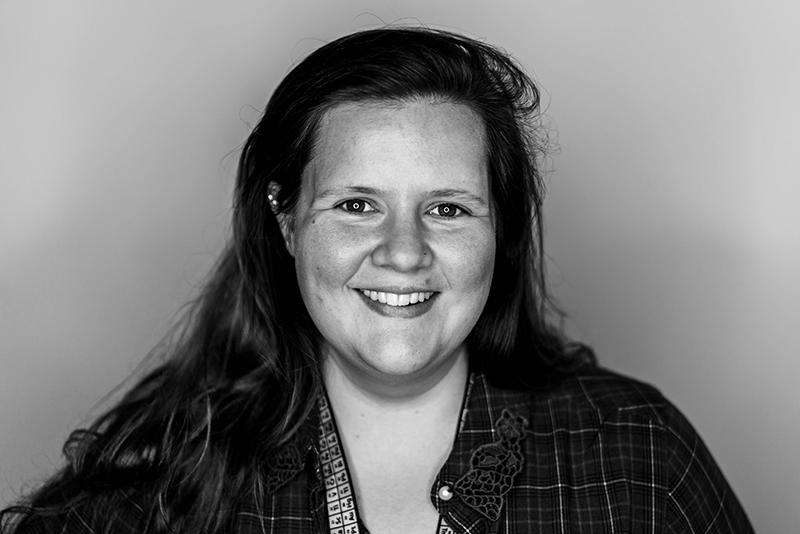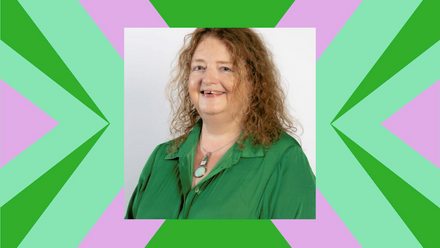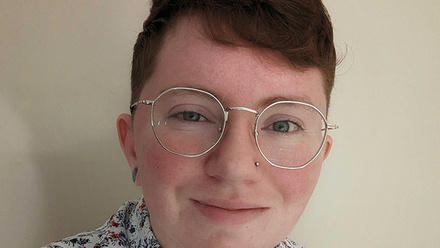An IOM3Pride insight into intersecting experiences
As a pan-sexual, non-binary person with ADHD and dyslexia, Dr Emily Radley GradIMMM, Chemist & Materials Engineer and Chair of IOM3Pride, pens thoughts on intersectionality in the workplace to mark Pride month this June.

Intersectionality is a term coined by Professor Kimberlé Crenshaw – a lawyer and pioneering scholar for civil rights and critical race theory. Intersectionality was initially described as the phenomenon of experiencing simultaneous racial and gender prejudice, but is now generally used to describe the cumulative way in which multiple forms of discrimination intersect and combine to effect socially marginalised individuals or groups.
Many of the scientists and engineers I know, both in industry and academia, work within multidisciplinary teams. The additional knowledge available and insight gained is easily forgotten until you encounter the increasingly rare group of single discipline engineers – for example, all metallurgists. Even then, when you delve deeper, several of them will probably have a Chemistry or Physics degree in their past. Multidisciplinary teams are often viewed as the standard, and while the dynamics are not perfect, most team members respect each other’s contributions.
In my opinion, being intersectional should be like being multidisciplinary. By having that different background and experiencing life through a different lens, you can contribute a completely different perspective and, when combined in a team, produce novel solutions that are more effective.
Unfortunately, the reality is different – experiencing the discrimination that can come with intersectionality is deeply unpleasant. Both anecdotally and statistically, people who identify with more than one marginal minority group experience far higher levels of discrimination, both in their place of work or study and in their personal lives. Instead of sharing our ideas and perspectives, we are often worrying about where the next attack of verbal or physical abuse, sexual harassment or assault is going to come from. We can also tend to minimise and mask our differences so that we blend in – replacing our fear of attack with fear of discovery.
This may seem like an exaggeration – I certainly thought some of my negative experiences were the exception not the norm, but then you look at the statistics and realise this simply is not the case.
A 2016 Trade Union Congress (TUC) survey reported that 12% of women had experienced sexual assault in the workplace, this rose to 21% for LGBT+ women, who would be considered intersectional. The TUC reported in 2019 that intersectionality increased these numbers again for LGBT+ disabled people, with 28% of men and 38% of women, while 32% of trans women, and 45% of women from ethnic minority backgrounds experience sexual assault.
Intersectionality is not just about gender or race discrimination – it can encompass everything from ableism and classism to transphobia and heterosexism. Essentially, intersectionality describes the multiple levels of social injustice experienced by the socially marginalised.
There are those who argue giving any special consideration based on one’s status as a minority or from a marginal group is pandering or unfair to others. Unfortunately, this does not account for the fact that most systems within society were developed by, and for, wealthy, straight, white, cis-gendered men – the fewer of these characteristics you have, the less your needs are considered and met. What is often forgotten is that the special considerations, for instance for disabled or ethnic minority people, is already a built-in consideration for the non-disabled or ethnic majority.
Moving forward
IOM3 released a statement on equality, diversity and inclusion last year, which cited the moral, legal and business benefits of a more inclusive and equitable workplace. By considering the effect of intersectionality, we can reduce the discrimination experienced by those who are most vulnerable because they are least considered.
As individuals, we can defer judgement and avoid assuming everyone has the same experiences as us, and we can listen and show empathy to intersectional colleagues and individuals. We should inform ourselves about marginal groups and the issues that are experienced – this lowers the burden on individuals. We can also call on our employers to implement supportive and equitable practices.
As employers, we can make the working environment suitable and usable for all – educate staff on the benefits of inclusion and equity, welcome differing perspectives, allow time for volunteering, and recognise the burden on intersectional people to do additional outreach and voluntary activities.







